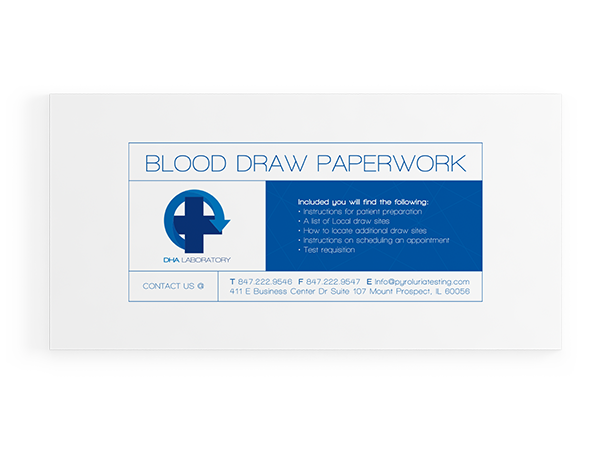Lab Testing
Product Description
**Note: All laboratory testing requires an authorizing physician. DHA Laboratory offers a patient direct program that partners you with an authorizing physician. If you have any additional questions regarding the availability of testing, please contact our laboratory by telephone or email.**
Ceruloplasmin is used in the evaluation of oxidative stress. When paired with copper, it is used to calculate free copper. When paired with other blood or urine copper tests, ceruloplasmin is used to help diagnose Wilson’s disease. This is due to a decreased ability to incorporate copper into apoceruloplasmin. In turn, free copper levels in plasma and tissue are greatly increased, especially in the liver and brain.
An estimated 95% of copper in the blood is bound to ceruloplasmin. As a result, only a very small amount of copper is found in the blood in an unbound or free state.
Ordered due to:
- Jaundice
- Fatigue
- Tremors
- Difficulty walking or swallowing
- Abdominal pain
- Anemia
- Calculation of free copper
Ceruloplasmin levels are not diagnostic, therefore they are commonly ordered and evaluated with copper tests. Often elevated when an individual has a severe infection, tissue damage, inflammation, or certain forms of cancer.
Other causes for an elevated result are:
- Pregnancy
- Use of estrogen
- Use of oral contraceptives
- Medications such as carbamazepine, phenobarbital, and valproic acid
High levels are linked to a variety of neoplastic and inflammatory states. Increases are found with carcinomas, leukemias, Hodgkin’s disease, and rheumatoid arthritis.
Low levels are found with protein loss including nephrotic syndromes, malabsorption, and certain forms of liver disease.

